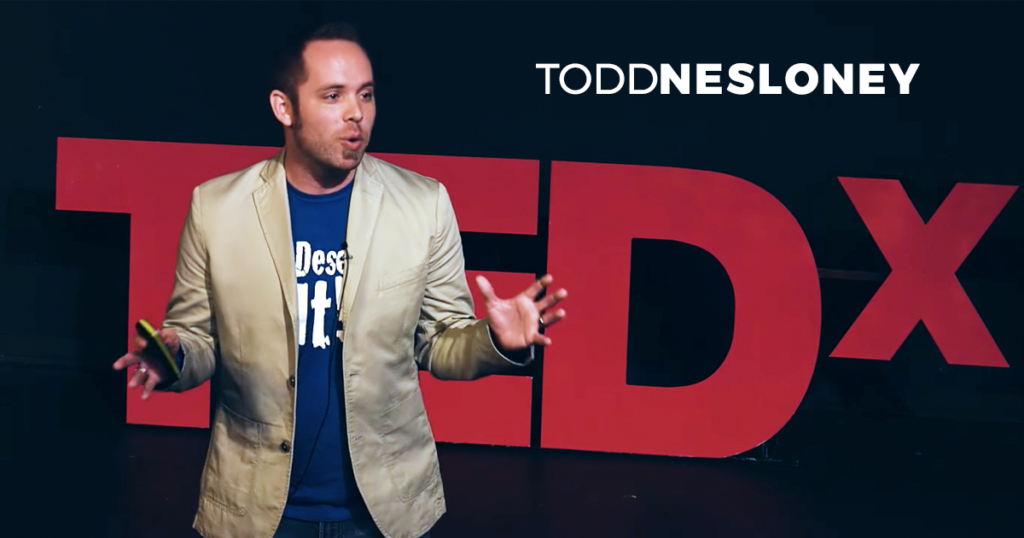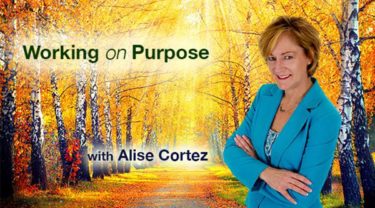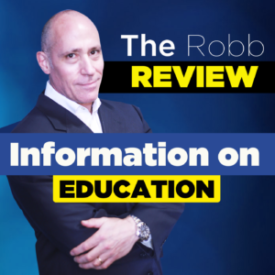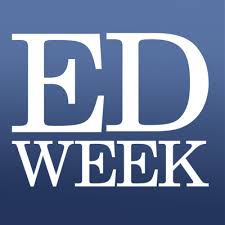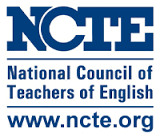Making Kids Read Fast is NOT the Goal of Fluency Instruction; Making Meaning Is
Timothy Rasinski, Ph.D.
In my previous blog posting for The Robb Review, I focused on what should be the real goal of phonics instruction – to get kids to the point where they don’t have to use phonics much in their reading. We want students to be so proficient and efficient at word recognition that minimal attention is given to word decoding and maximum attention can be directed toward comprehension. Staying with this theme of reading instruction goals, I’d like to focus on reading fluency and state right off the bat that the goal of fluency instruction should not be to make kids read fast. It has been this incessant focus on increasing reading speed, I think, that has unfortunately given reading fluency a bad rep.
What is Reading Fluency?
Fluency has been called the neglected goal of the reading program (and it is) (Allington, 1983); it has also been called the bridge from word recognition to comprehension. I like that bridge metaphor a lot. Fluency is the critical link to making meaning while reading. There are two components to fluency. The first is automaticity in word recognition – the ability to recognize words so effortlessly that most of a reader’s attention can be devoted to comprehension. Automaticity is the part of the bridge that links to word recognition.
The other part of the fluency bridge is called prosody or reading with expression. This is the link to comprehension. When a reader reads with appropriate expression that reflects the meaning of the text, she is striving to comprehend that text. This is the part of fluency that is often neglected in instruction; yet it is critical for comprehension to occur, even when reading silently.
How Should We Teach Fluency?
As with anything we want to become fluent at (e.g., speaking, driving, golf, cooking), fluency is developed through practice. In reading we have several forms of practice that can and should be employed. These forms of practice include wide reading, assisted reading where a reader reads while simultaneously hearing a fluent reading of the same text by a partner or recording, and repeated reading where a reader reads a text several times until she achieves fluency on that text (Rasinski, 2010). In all these forms of practice the goal should be reading for meaning, and if reading orally, to read with appropriate expression that conveys meaning to anyone who may be listening.
How Does Reading Speed Fit into the Fluency Equation?
Reading speed (words read correctly per minute) is an indicator of word recognition automaticity and is often called the oral reading fluency (ORF) score. The more automatic or effortless you are in recognizing words in text, the faster your reading becomes, AND the more attention you can devote to comprehending the text as opposed to analyzing the words in the text. Reading speed is an indicator or consequence of the fluency component of automaticity, BUT it is not fluency. Our reading speed increases as our fluency improves, not the other way around. I often say that I want our children to become fast readers just the way I am and all of you reading this blog are reasonably fast readers; but I want them to become fast the same way we all became fast readers – through lots and lots of authentic practice in reading.
So go ahead and use DIBELS and AimsWeb ORF scores, or Hasbrouck and Tindal’s norms (Words Correct per Minute) cautiously and sparingly as indicators of students’ growth in automaticity, but please please please do not let children think that you are trying to get them to read faster. The increase in reading speed (as well as improvements in reading with expression) will happen with authentic reading practice, not with overt instruction or implied emphasis on reading fast.
Fluency is More than Automaticity
A few years ago I came across recordings of arguably two of the most fluently read speeches in American history – Martin Luther King’s “I Have a Dream Speech” and John F. Kennedy’s inaugural address “Ask Not What Your Country…” I subjected the oral readings of both of these speeches to an ORF (reading speed) assessment. In both cases, Dr. King and President Kennedy’s readings of their speeches may have landed them in a remedial reading class based on their very low ORF scores. I am sure they were both automatic in their word recognition, and they could have read those speeches quickly. But doing so would have taken away from the meaning they were trying to convey. Because they were automatic in their recognition of the words in their speeches they were able to devote their attention to making and elaborating on the meaning they wished to share orally. They raised and lowered their voices, had dramatic pauses, changed volume and tone in order to more effectively to deliver their intended meanings to their audiences. What truly made those speeches fluent was not the speed, but the expression (prosody) that they embedded in their readings.
For fluency instruction to truly work we need to see the goal of fluency as expressive oral (and silent) reading that reflects the meaning of the text. When we make expressive and meaningful reading of texts the true goal of fluency (and avoid putting emphasis on fast reading) we will see significant improvements in reading comprehension (as well as reading speed).
You can find resources on teaching accurate and automatic word recognition and expressive prosodic reading (i.e. fluency) at Tim’s own website – www.timrasinski.com
Please see also my new book on reading fluency (written with Melissa Cheesman Smith) – The Megabook of Fluency published by Scholastic.
References
Allington, R.L. (1983). Fluency: The neglected reading goal. The Reading Teacher, 36, 556-561.
Hasbrouck, J., & Tindal, G. A. (2006) Oral reading fluency norms: A valuable assessment tool for reading teachers. The Reading Teacher, 59(7), 636-644.
Rasinski, T. V. (2010). The fluent reader: Oral and silent reading strategies for building word recognition, fluency, and comprehension (2nd edition). New York: Scholastic.
![]()

